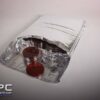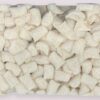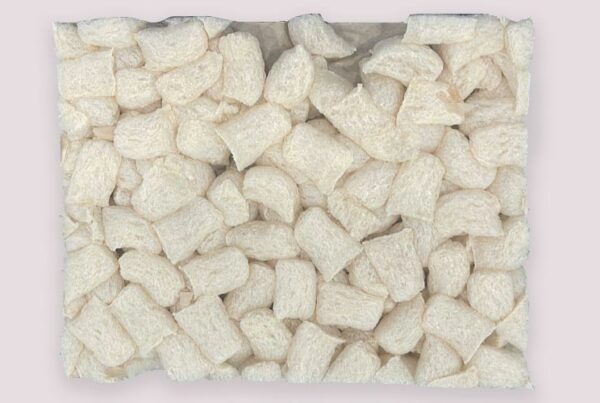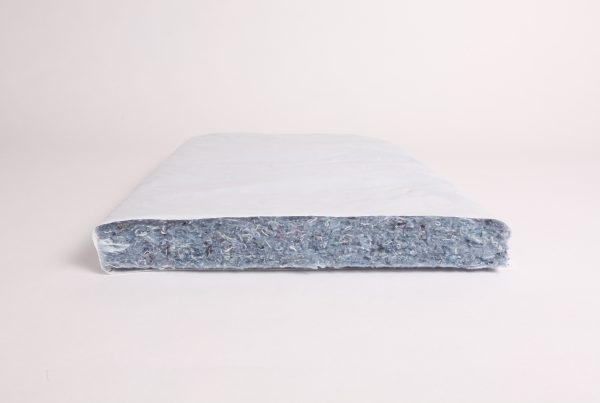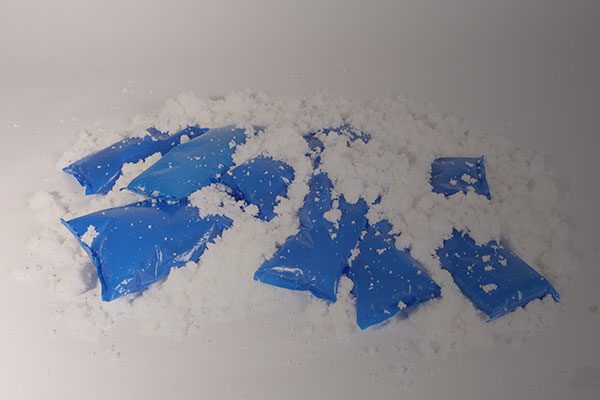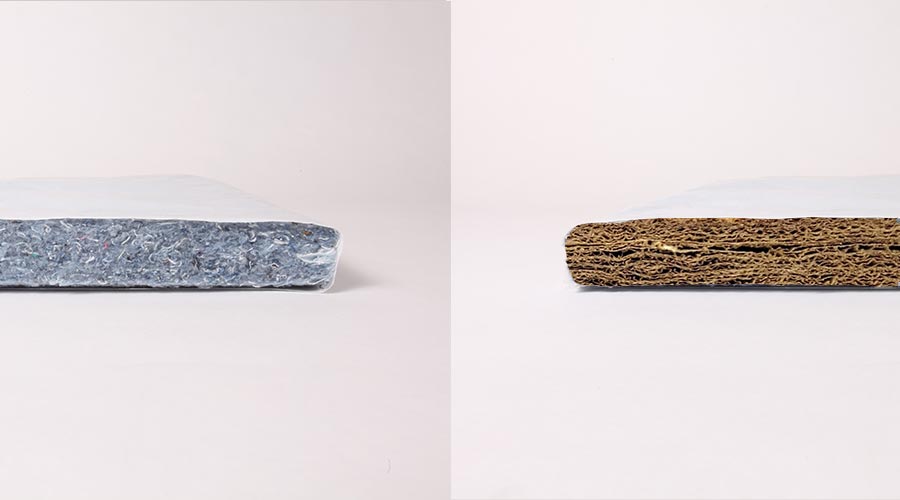
Insulated packaging can be made from a variety of different materials, each with its particular advantages and drawbacks.
The two most important considerations to make when choosing an insulated packaging material for cold chain shipping are the expected transit duration and the required temperature to be maintained, although other factors also come into play.
In this article, we will consider the thermal performance of the most popular types of insulated packaging materials, but we will also take into account various other elements that will determine the success of your company’s shipments of temperature-sensitive goods. These include:
- Space efficiency
- Cost
- Environmentally friendliness
- Recyclability
- Thermal performance
| MATERIAL | ENVIRONMENTALLY FRIENDLY | RECYCLABILITY | SPACE EFFICIENT | COST | THERMAL PERFORMANCE |
| Paper | Biodegradable | Curbside recyclable | Yes | Good | Very good |
| Polyurethane Foam | No | At certain locations | Very | Expensive | Excellent |
| Foil Bubble | Somewhat | At certain locations | Very | Excellent | Good |
| Denim | Somewhat | Widely recycled | Yes | Good | Very good |
| EPS or Styrofoam | No | Yes | No | Expensive shipping and storage | Very good |
| Cornstarch | Yes | Compostable | No | Average | Good |
Paper Insulated Packaging
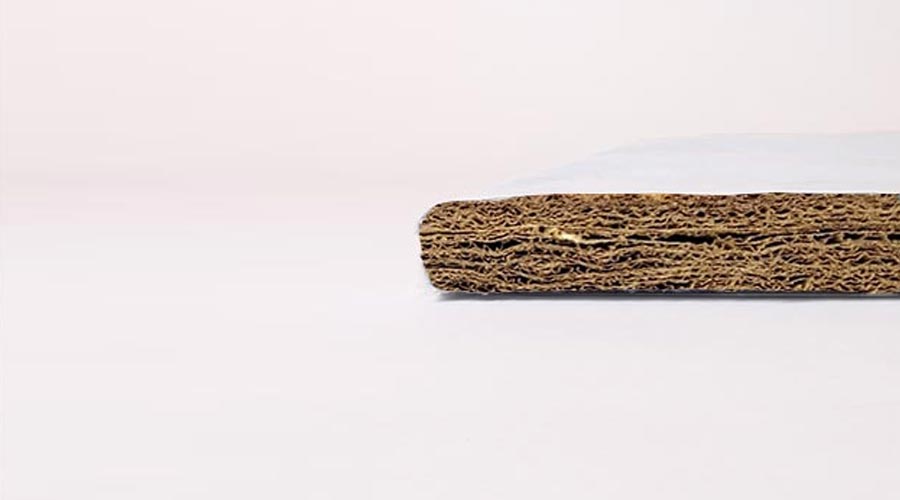
Paper Insulated Packaging
Numerous layers of paper gently compressed in an insulated paper shell capture thousands of small air pockets per square centimeter to substantially slow heat transfer.
As such, paper-based insulated packaging provides highly effective temperature protection for frozen, refrigerated and room-temperature products.
The key benefit of using paper insulated packaging is the ease with which it can be recycled. Unlike other insulated packaging materials, paper-based insulated packaging is curbside recyclable, making it ideal for deliveries to consumers.
It can also be collapsed flat to make space and cost savings during transit and storage.
Paper’s flexibility as an insulating material further means it is available in different packaging formats. IPC’s paper-based insulated packaging material, CelluLiner, comes as insulated envelopes, delivery bags, square-bottom bags and box liners in any custom size.
Polyurethane Foam Insulated Packaging
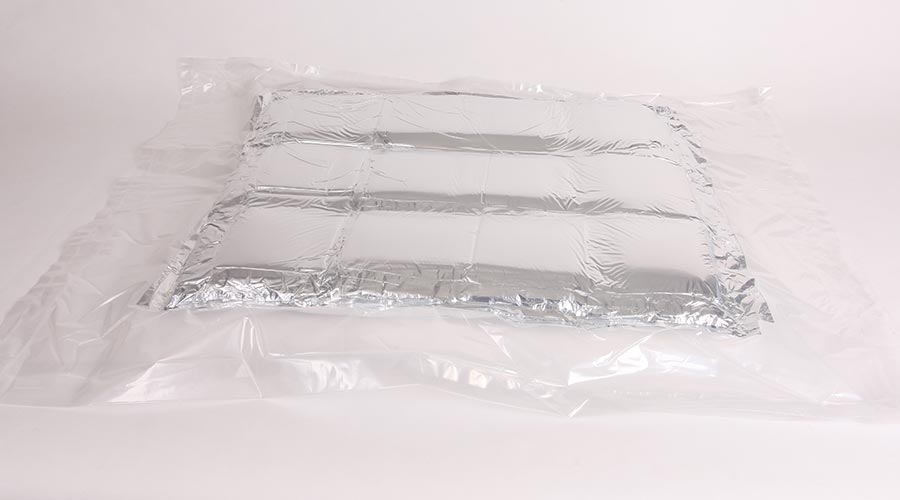
Polyurethane Foam Insulated Packaging
Polyurethane foam offers superior thermal protection so it is ideal for temperature-sensitive goods that require extremely low temperatures for extended shipping durations.
The ultra-insulating foam interior contains millions of air pockets per square inch that are encased in an ultra-radiant barrier film designed to enhance the foam’s performance by reflecting radiating heat.
Polyurethane foam, however, tends to be more expensive than other insulated packaging materials.
IPC’s polyurethane-based insulated packaging material, PopupLiner, has the benefit of a patented design that ensures it arrives in a compressed format that pops up to full size when opened. Compared to molded coolers, this means they are 75 percent more space efficient which allows for big savings on storage costs.
Foil Bubble Insulated Packaging
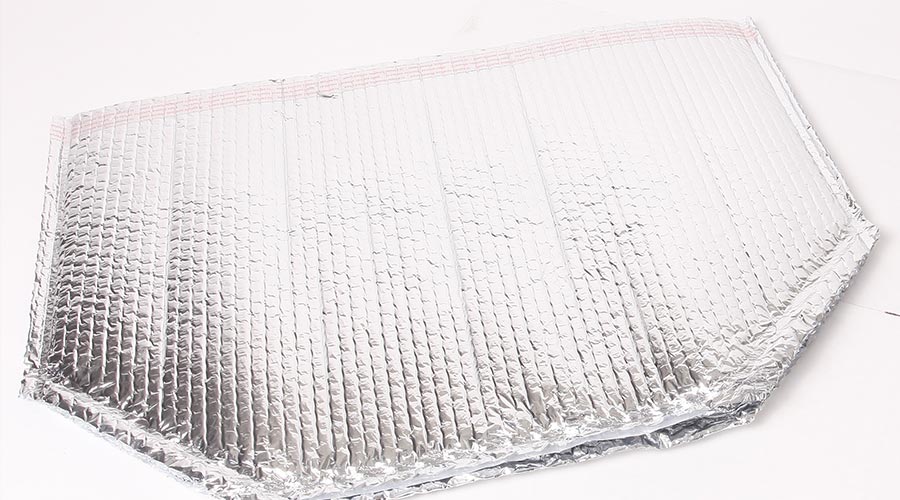
Foil Bubble Insulated Packaging
Foil bubble insulated packaging is made using low-density polyethylene plastic.
An air-bubble inner layer is fixed to a highly reflective outer sleeve to slow down heat flow and protect refrigerated and room-temperature goods for up to 24 hours. Additional bubble layers can also be added to maximize thermal performance.
It is a great option for products with less extreme temperature requirements as it is inexpensive and space-efficient. While not curbside recyclable, certain foil bubble materials have a high recycling value and can be dropped off at certain stores and facilities to be reused.
IPC has two lines of foil bubble insulated packaging, SustainaLiner and CooLiner. Each is available in custom sizes and thicknesses so they can be used to transport a range of temperature-sensitive goods.
Denim Insulated Packaging
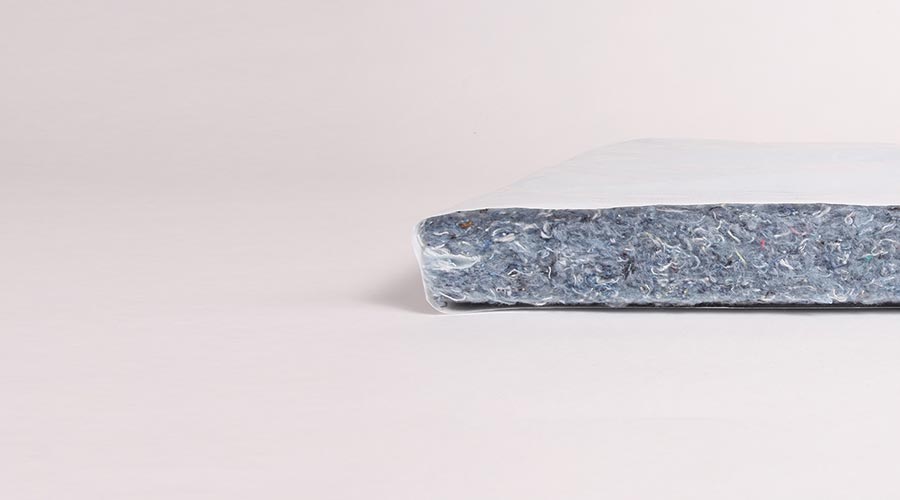
Denim Insulated Packaging
Denim as an insulated packaging material works very well thanks to the tiny shreds of cotton fibers that trap air and inhibit airflow, making it highly effective at protecting temperature-sensitive goods.
Most denim insulated packaging has a non-absorbent plastic layer, which as well as preventing it from becoming moist, also helps increase thermal performance.
An environmental benefit to using denim is that it is biodegradable and can be recycled and often comes from recycled sources in the first place. While not the cheapest option, denim offers additional value for money in its space-efficient design.
IPC’s denim-based insulated packaging, EcoLiner, is made from cotton-based panels in a collapsible design that’s wrapped in a bio-based film.
Expanded Polystyrene Insulated Packaging
Expanded polystyrene (EPS) or styrofoam remains one of the most common insulated packaging materials in the form of molded coolers.
It offers strong thermal performance but, increasingly, consumers and regulatory authorities are concerned by its environmental impact. Many countries are now taking steps to ban EPS coolers altogether since they are non-biodegradable and typically end up in landfills where they break down, releasing microplastics into the environment.
Another issue with EPS coolers is the space they take up, and this bulkiness drives up storage and transit costs.
Cornstarch Insulated Packaging
Cornstarch insulated packaging is made using polylactic acid (PLA) that’s produced through the fermentation of the plant’s sugars and starch.
Cornstarch insulated packaging is compostable, rather than recyclable, making it less environmentally friendly than many other materials. It offers reasonable thermal protection but can be fairly pricey.
Similarly, as with EPS coolers, cornstarch insulated packaging tends to be bulky so it is not space-efficient for storage or transit.
Which insulated packaging material is best for you?
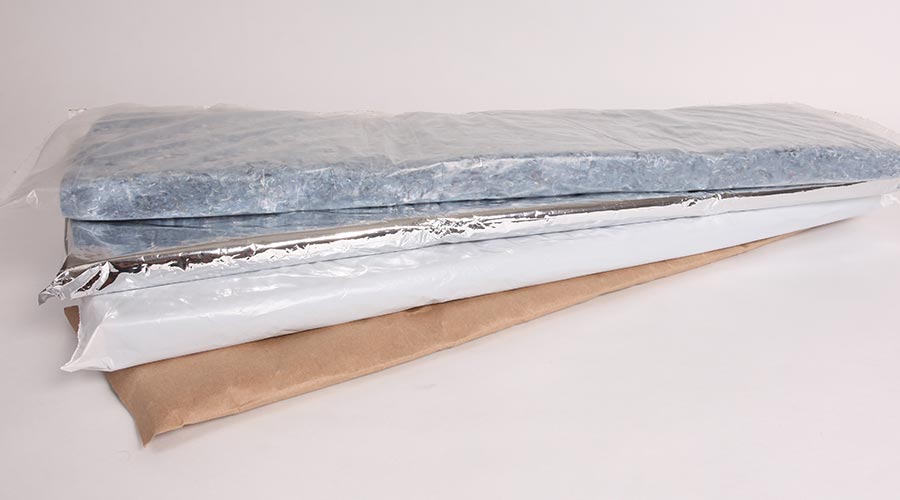
Each company has its own unique cold chain shipping requirements, and it can be hard to determine which insulated packaging material best matches these.
If you’re still unsure which type is best for you, get in touch with one of IPC’s expert advisors. We can advise on the most suitable options and arrange custom samples tailored to your product dimensions and expected shipping conditions.
To ship temperature-sensitive goods in full confidence, we also offer a test run in our environmental chamber so you can be sure your products will remain at their required temperature throughout the shipping duration.

